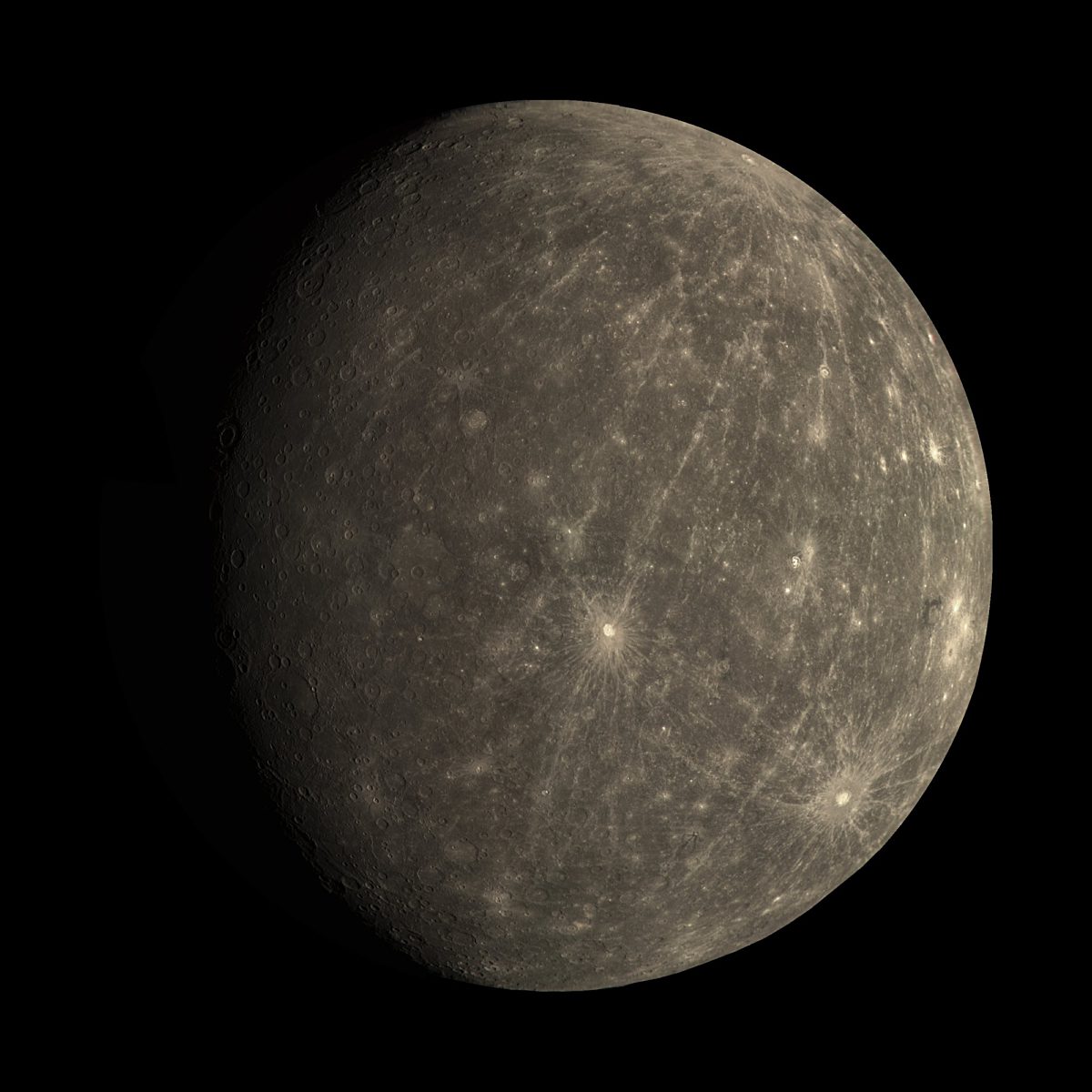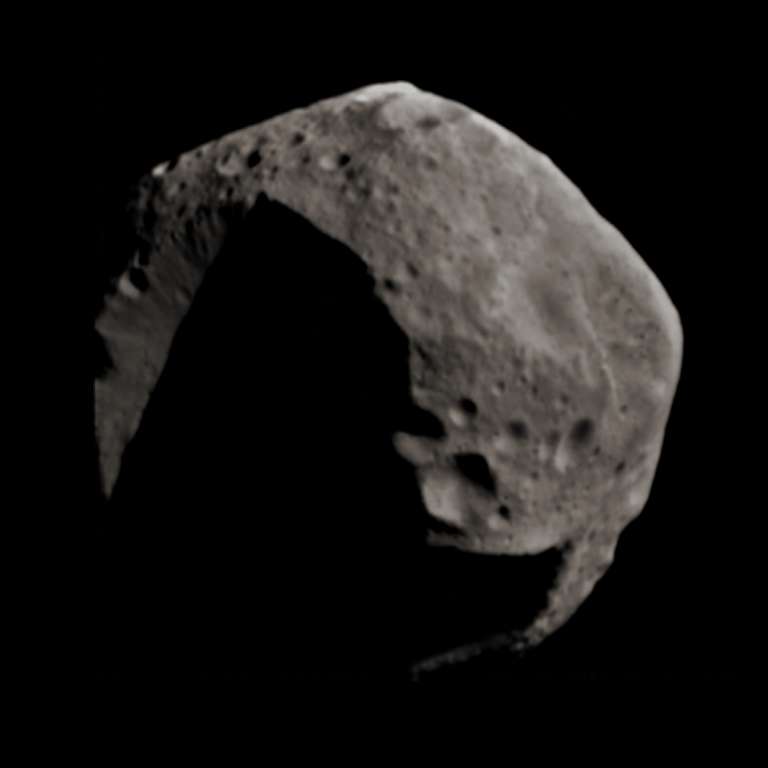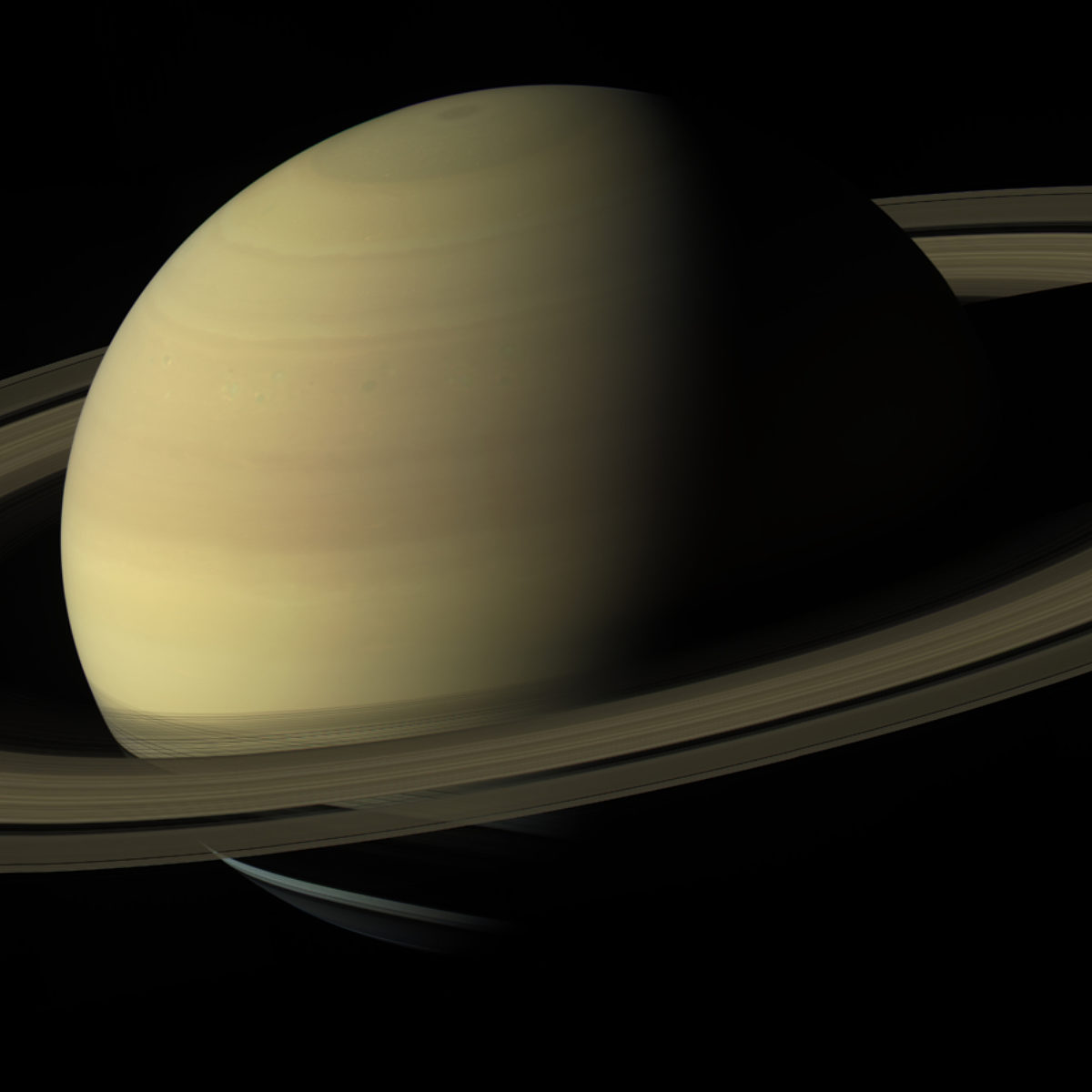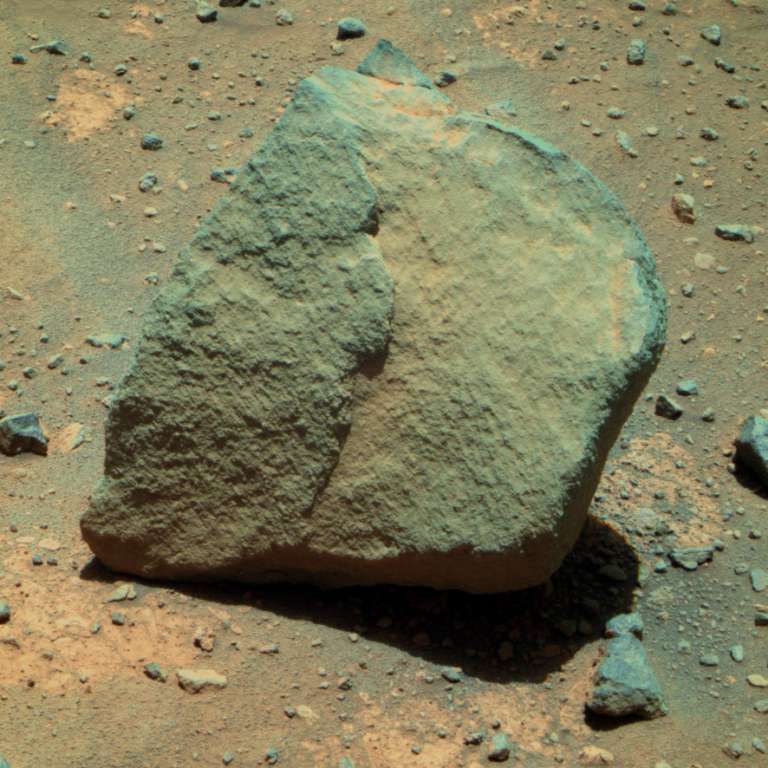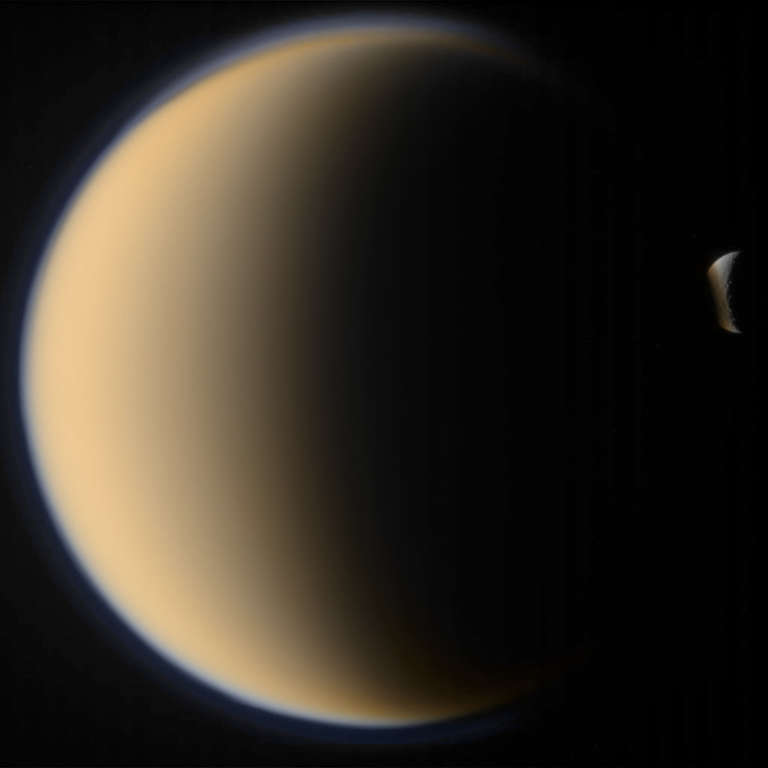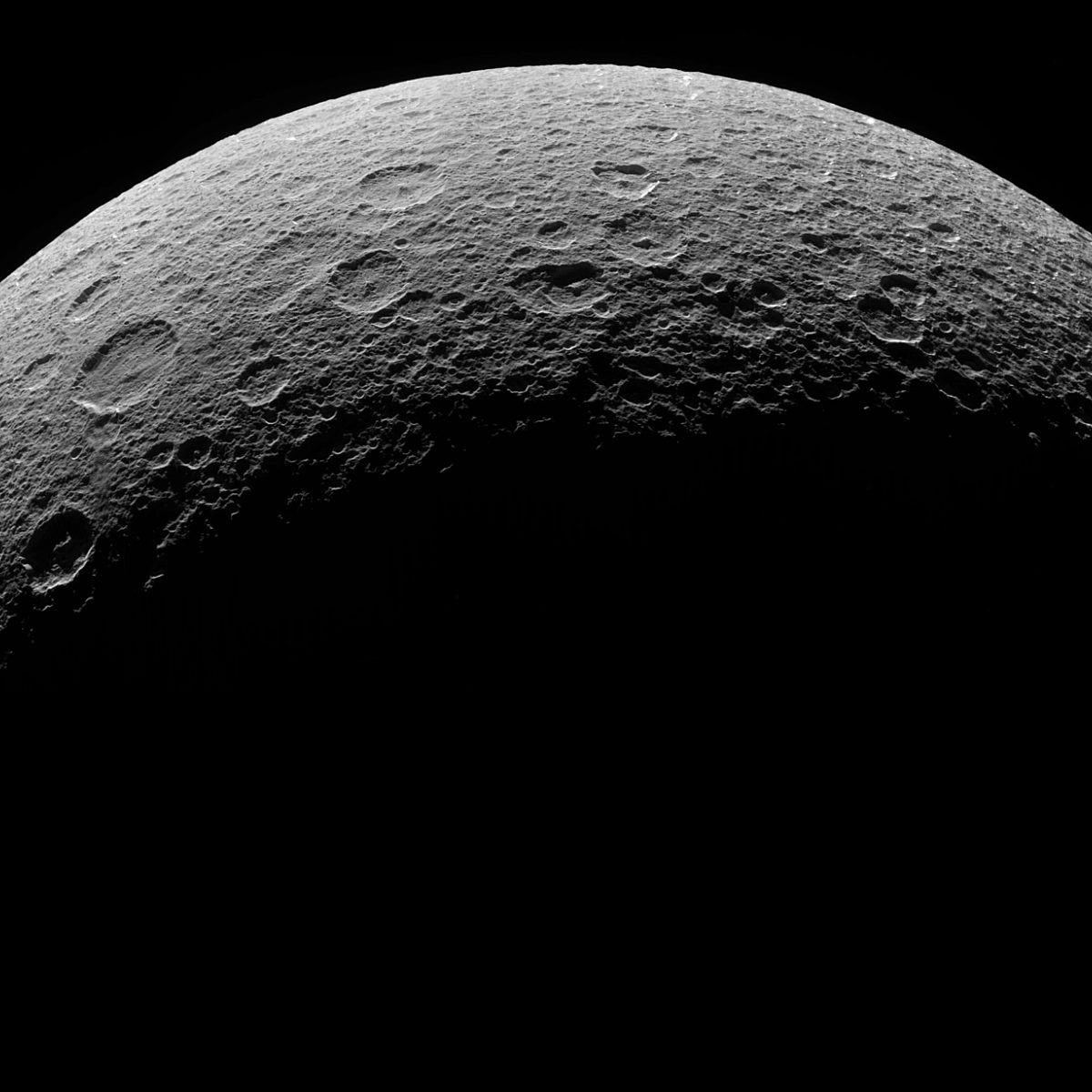All
All
Stories, updates, insights, and original analysis from The Planetary Society.
Planetary Society Advent Calendar for December 4: Mercury
Mercury is the smallest of the eight planets and, like Uranus and Neptune, has so far been studied only during flyby encounters.
Planetary Society Advent Calendar for December 3: Europa
From a distance, Jupiter's fourth largest moon Europa is the smoothest object in the solar system; its outline traces out a perfect circle.
Planetary Society Advent Calendar for December 2: Mathilde
253 Mathilde is the largest asteroid that has ever been visited by a spacecraft. It's held that distinction for more than twelve years, but next year it'll be upstaged by the considerably larger 21 Lutetia, which Rosetta will fly by on July 10.
Planetary Society Advent Calendar for December 1: Dione
I've always loved advent calendars and the way they both managed and heightened my anticipation of the gift-opening frenzy of Christmas morning.
Two more awesome pictures from the Enceladus flyby
I'm getting to be a broken record here, but I can't stop looking at these photos from the Enceladus flyby.
Prepare for your jaw to hit the floor when you see these pictures of Enceladus
Wow, just wow. I didn't know what to expect from the second flyby of Saturn's geyser moon Enceladus in November, which happened yesterday.
Another great Enceladus shot
Here's a 4-frame mosaic of Enceladus images -- just another everyday spectacularly alien landscape.
Space Imaging II: Getting Started with MER and Cassini Raw Images now available for download
I probably crammed too much into today's class: an hour-and-a-half whirlwind tour through the cameras on the rovers and Cassini, how to access their raw images on the Internet, and some basic processing that you can do with each of them.
Encouraging motion on Spirit
It really looks like the second attempt at driving Spirit out of the trap has had the hoped-for result: some forward progress (maybe about a centimeter), and no evidence for further downward sinking.
Opportunity's poking at Marquette Island; Cassini's catching dancing moons
Since tomorrow's class is going to be on playing with raw images from the rovers and Cassini, I've been playing with recent raw images from the rovers and Cassini! I just thought I'd share a couple of the fun items I've been working with.
Results of the first "Free Spirit" extrication drive, sol 2088: not much, as expected
Even though all of us rover fans know that Spirit is really, really stuck, I think I'm not the only one who was secretly hoping that today's images downlinked from Spirit would show that the rover had magically popped out of the ground overnight. Of course, she didn't.
How to download the first imaging class: "Images Are Data"
I finally prevailed in hosting the first in my series of classes on processing space images for amateurs this morning, while most people who were not working were probably watching the flawless launch of Space Shuttle Atlantis.
First space imaging class tomorrow, 10:30 a.m. Pacific / 18:30 UT
The topic of the first class is:
She moves! "First drive sequence in 145 sols" for Spirit
It's been an awful long time since we've seen one of these from Spirit: an animation of four Navcam frames documenting motion!
Space Image Processing Classes are Go!
I got a huge response from readers interested in me conducting some online classes on space image data -- how to access and process it.
Another marvelous image from Cassini's Nov 2 Enceladus flyby
This image goodie was produced from the raw images from Cassini's close encounter with Saturn's geyser moon Enceladus yesterday by Gordan Ugarkovic.
Data from Kaguya's prime mission to the Moon has been released
Yesterday, the Japanese space agency announced the public release of the data from the primary mission of the Kaguya (a.k.a. SELENE) lunar orbiter.
Fun Friday photo: Titan and Rhea
Cassini recently captured a series of images documenting Rhea passing behind Titan.
HiRISE sees Phoenix in the Martian spring
These Mars Reconnaissance Orbiter HiRISE images of the defunct Phoenix lander in the early dawn light of northern spring have been out for some time, but no one had accomplished the difficult task of locating the Phoenix hardware in them until this week.
Request for input: Any interest in tutorials on space imaging?
I am toying with the idea of running a series of classes via Ustream on the basics of space image processing.


 Explore Worlds
Explore Worlds Find Life
Find Life Defend Earth
Defend Earth


 Sun
Sun Mercury
Mercury Venus
Venus Earth
Earth Mars
Mars Jupiter
Jupiter Saturn
Saturn Uranus
Uranus Neptune
Neptune Small Bodies
Small Bodies